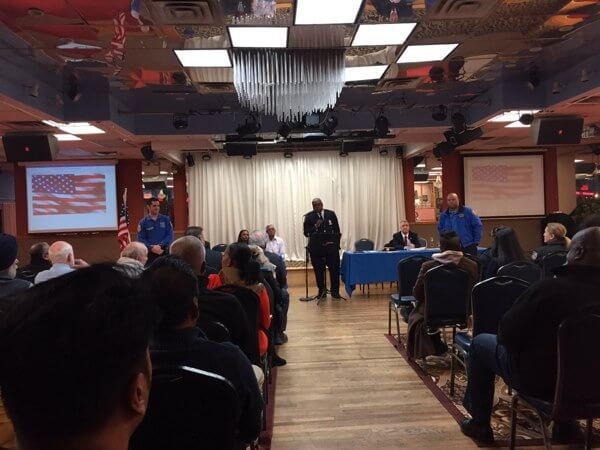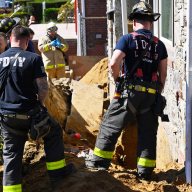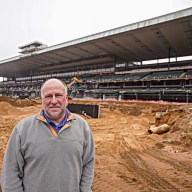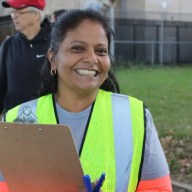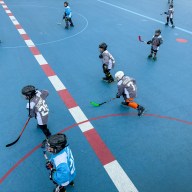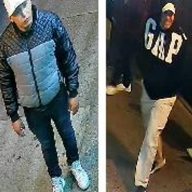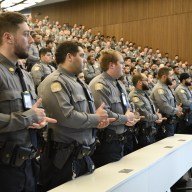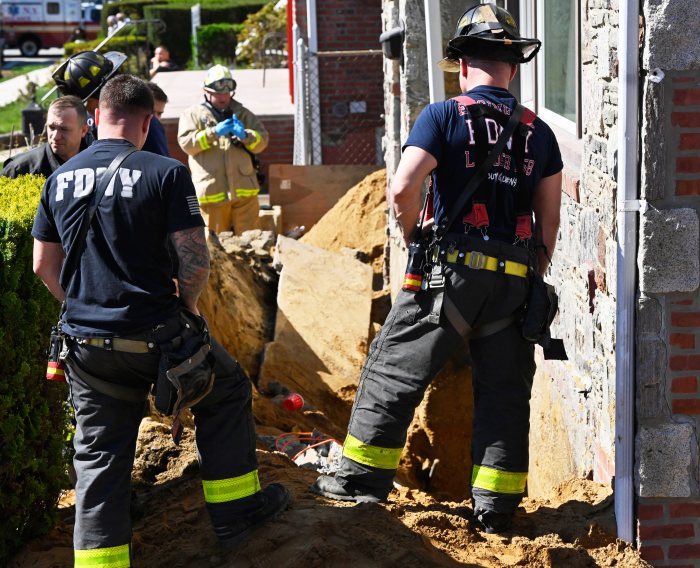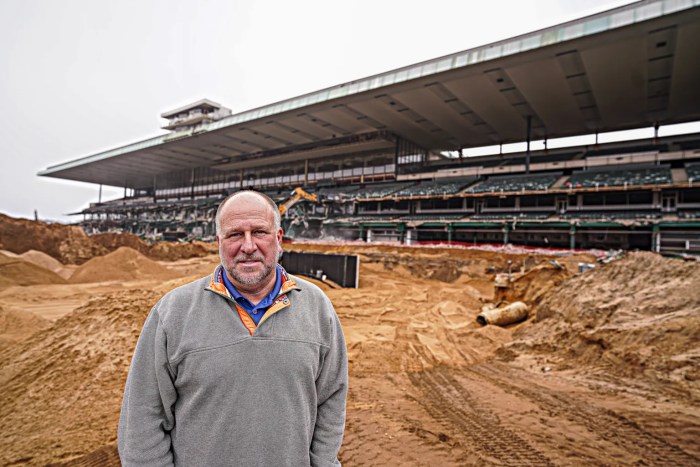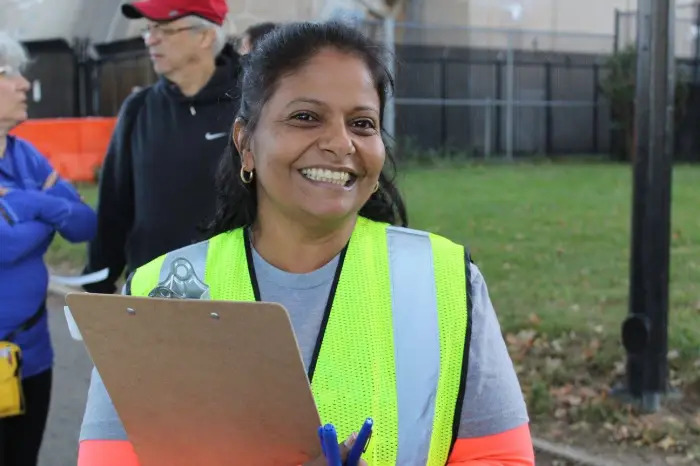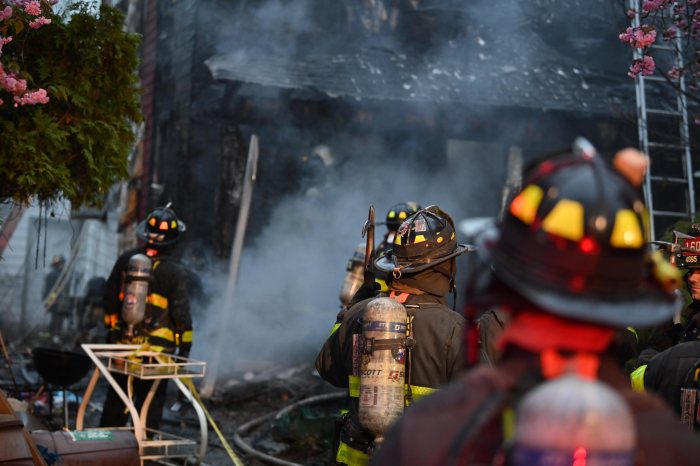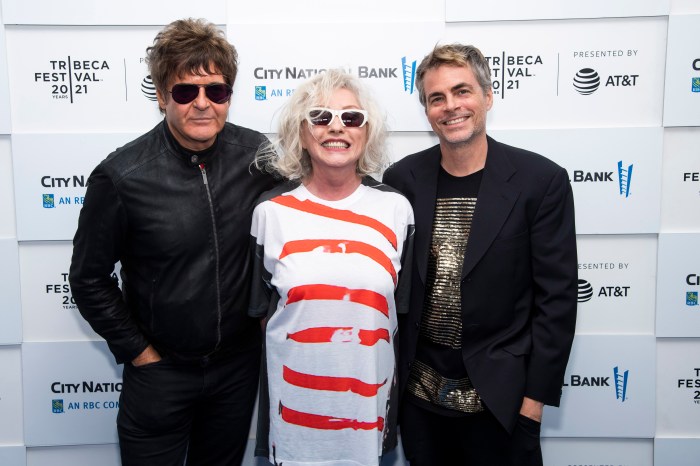By Gina Martinez
The 102nd Precinct held its monthly community council meeting last week to inform Richmond Hill’s diverse residents what makes a crime a hate crime.
Sergeant Kevin Lonegan of the NYPD’s Hate Crime Task Force made a presentation at the Starlite Pavilion on 130-05 101st Ave. telling the community how the NYPD investigates hate crimes. He said there have been no hate crimes in the 102nd Precinct since Jan. 1, but citywide there has been a 118 percent increase over the same period. He said the majority of the crimes were graffiti, specifically swastikas.
The precinct covers Richmond Hill, Kew Gardens, Ozone Park and Woodhaven.
Lonegan helped clear up what constitutes a hate crime. He said there was a lot of confusion and fear in New York lately about hate crimes given the recent increase in incidents. Lonegan said hate crime victims are specifically targeted because of who they are and how they identify themselves. But he clarified that because of free speech, someone can say mean, terrible things to someone and it may not be a hate crime. Law enforcement only gets involved when what is said is a threat or an attempt to physically hurt the other person.
“What you feel and what the law is are two different things sometimes,” he said. “Say you’re walking down the street and someone threatens you, you have to define what the threat is. Did he look at you angrily? Did he have an evil look on him? Did he raise his hand at you? Did he say certain words? What words? It matters what the words were, what was said. You might have felt threatened, you might have felt anxious, but according to the law, did it get to that level because free speech is protected. Someone could say ‘go back to wherever’ but they’re allowed to say that.”
He also said sometimes crimes that involve hate speech do not add up to a hate crime given the circumstances that lead up to the crime.
“Say I’m walking down the street,” he explained. “And someone says something anti-gay towards me, what does that mean? Is it a hate crime or not? It’s about perception of the criminal doing the act. Do we have a crime there? No, he just yelled something anti-gay.”
He explained that if that same person takes a brick and throws it out the window and hits him in the head, and he says anti-gay terms as he’s on the floor injured, a crime is committed but it may still not be a hate crime.
“This is why do extensive interviews,” he said. “Say I was in a Seven/11 before the incident, and I told this guy to watch his language. I say “get out of our neighborhood” and if he doesn’t, I’m going to beat him up. Maybe that confrontation led to this attack.”
He said if the attacker says because of what happened earlier in the dispute, he had a perception of his being gay, investigators have to consider that the anti-gay slur was used as a descriptive, not that that person is targeting people because of their sexual orientation or sexuality.”
Reach Gina Martinez by e-mail at gmart

